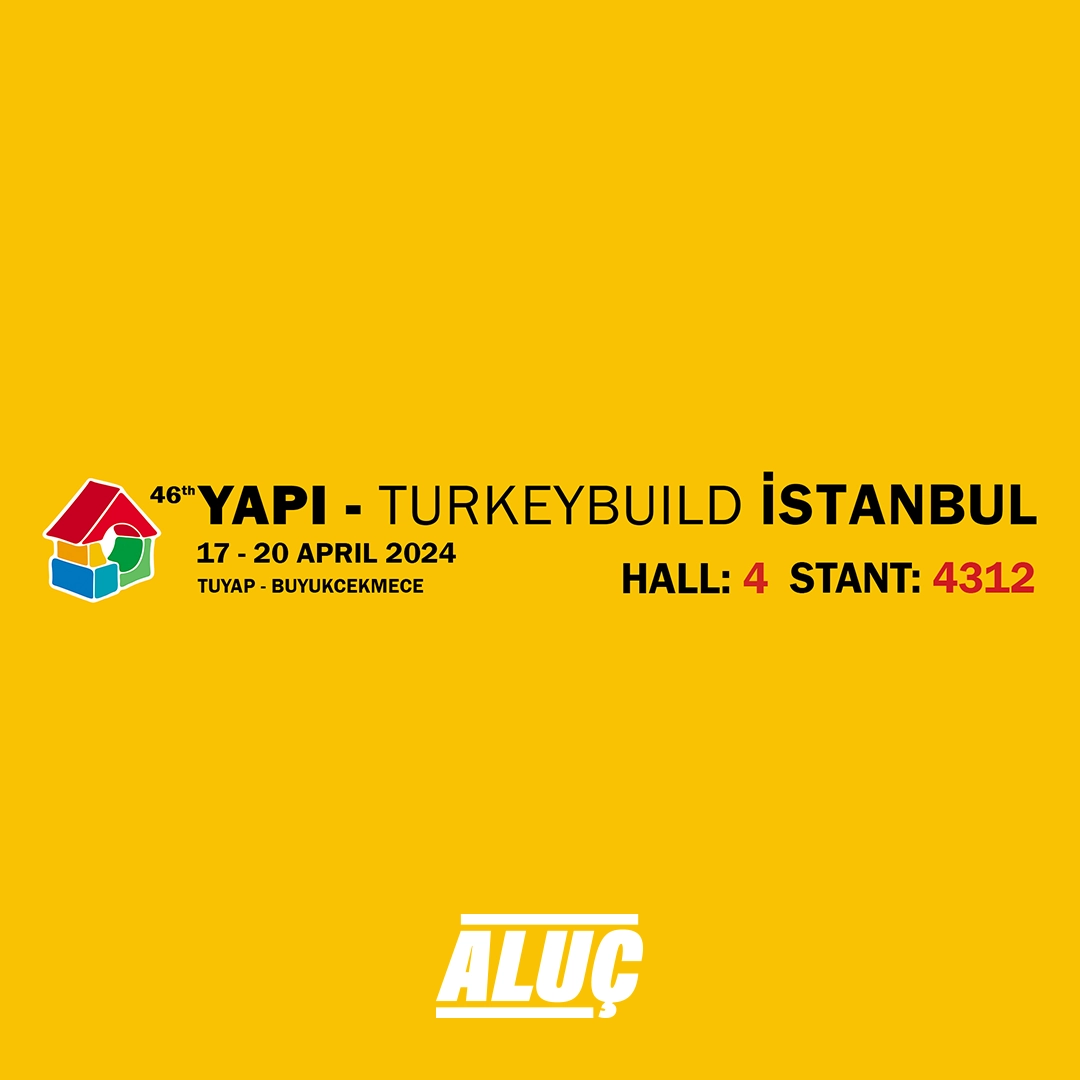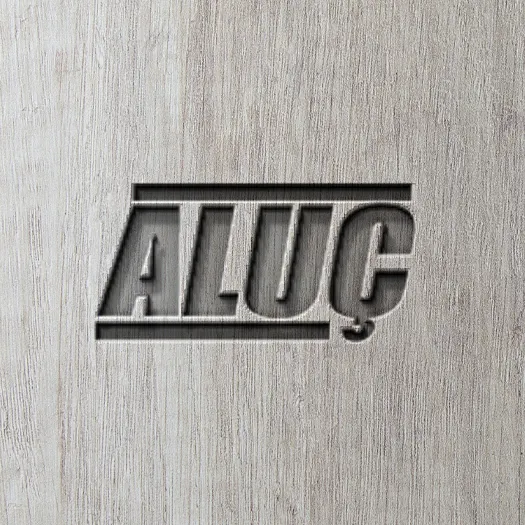Plywood is a word consisting of the words “Ply” meaning thin layer in English and “wood” meaning wood, and it refers to the wooden plate obtained by combining superimposed very thin wooden layers with glue and hot press.
This wooden plank, plywood, is much more resistant to impact and pressure than a timber plank of the same thickness. This is because plywood is often composed of 9, 11 or 13 layers, and the impact or pressure load is absorbed more between these layers than the timber plate.
The wood layers that make up a plywood are stacked on top of each other with the wood grain (grain) direction opposite to each other. The reason for this is to further increase the impact and pressure resistance described above.
Named with the words “papel” in Turkish and “veneer” in English, it is also called contreplaqué in French, and plywood in Turkish, due to the combination of the wood layers with opposite grain directions.
The compressive strength of an average plywood of 18 mm thickness is 57 KN/m², that is, approximately 5.7 tons per m².
In addition to the impact and pressure resistance, another important factor in the emergence of plywood as a need is that it can be produced in sizes far above the dimensions that a normal timber can be obtained. Considering that the diameter of an average log is 30 cm, it will be seen that the width of a timber layer can be 30 cm on average and 50-60 cm at the most. However, the currently used width of plywood sheets starts from 122 cm and goes up to 1525 cm.
The fact that plywood can be obtained in these sizes is also a reason why it is an environmentally friendly product. Because much more plywood can be obtained from a log than conventional timber. The reason for this is the way plywood is produced. By passing the logs through a kind of wood lathe, wooden layers, which we call papel, are obtained with an average thickness of 2 mm and in the desired dimensions. Only the bark part of this log is separated and 3-5 cm diameter rods, which we call core, remain from the turning process. However, a maximum of 10-12 plates with an average width of 30 cm can be obtained from a log, and if they are arranged side by side according to the dimensions of the plywood, a maximum of 3-4 plates can be obtained. Thus, plywood emerges as a nature-friendly product that enables the forest resources to be used much more efficiently in the production of wooden boards.
In our country, the names plywood and plywood are used to express two different wood layers: Plywood produced by pressing a film layer on it is called plywood, while those without a film are called plywood.
There are many varieties in plywood/plywood. This diversity is due to the type of tree used, the place of use and the characteristics of the glue used in its production.
Plywood or plywood is produced mainly from logs obtained from pine and poplar trees in our country. In addition to this, imported birch, alder and other logs are also used.
Glues, on the other hand, determine the plywood type in terms of water resistance. Plywoods produced with water-resistant glue are preferred for outdoor use. These uses take place from the yachting industry to the bodywork industry, as an external structural element in the building industry or in concrete molding works, pier platforms, facade cladding, outdoor billboards in the advertising industry and similar areas.
The plywoods used especially as concrete molding elements and the plywoods used in the bodywork and other automotive industries, from ambulances to cold chain food transport vehicle boxes, are film-coated.
Plywoods produced with glues with lower resistance to water are generally used in furniture, interior decoration, wagon manufacturing, various machinery and packaging sectors.
When we make a list of the usage areas we have mentioned above, we can see that plywood has a wide range of uses:
- Furniture
- Decoration
- Automotive
- Machine tool
- Casting industry model mold production
- Scaffolding-Form
- Outdoor advertising
- Stage and show industry
- Packaging
- Outdoor building elements and others
We will be happy to answer your questions about anything related to plywood.
Recent Blogs

46th YAPI-TURKEYBUILD ISTANBUL
We will be at Hall 4, stand 4312, on 17-20 April.

Aluc Rebranding
Lorem Ipsum is simply dummy text of the printing and typesetting industry. Lorem Ipsum has been the industry's standard dummy text ever since the 1500s, when an